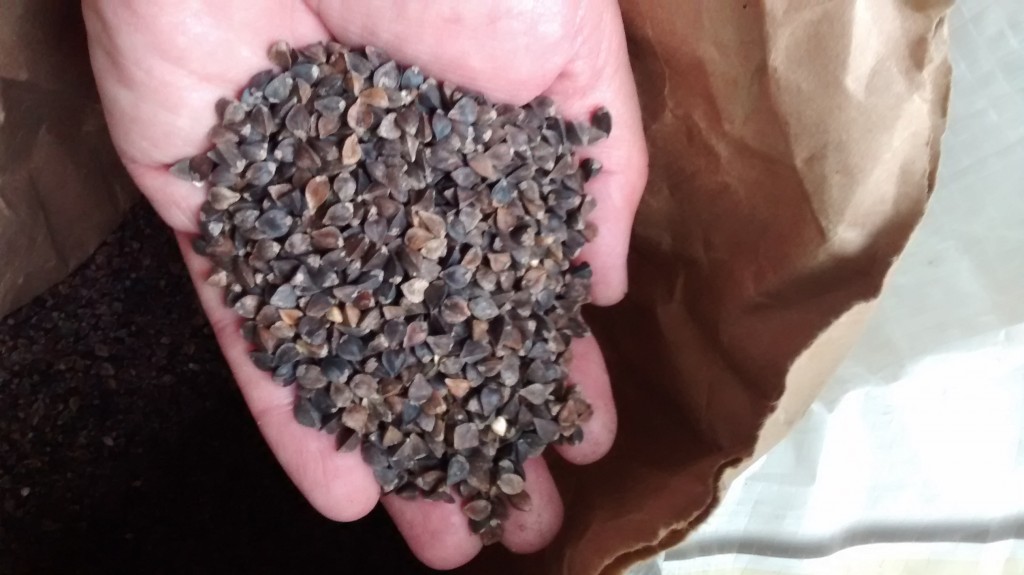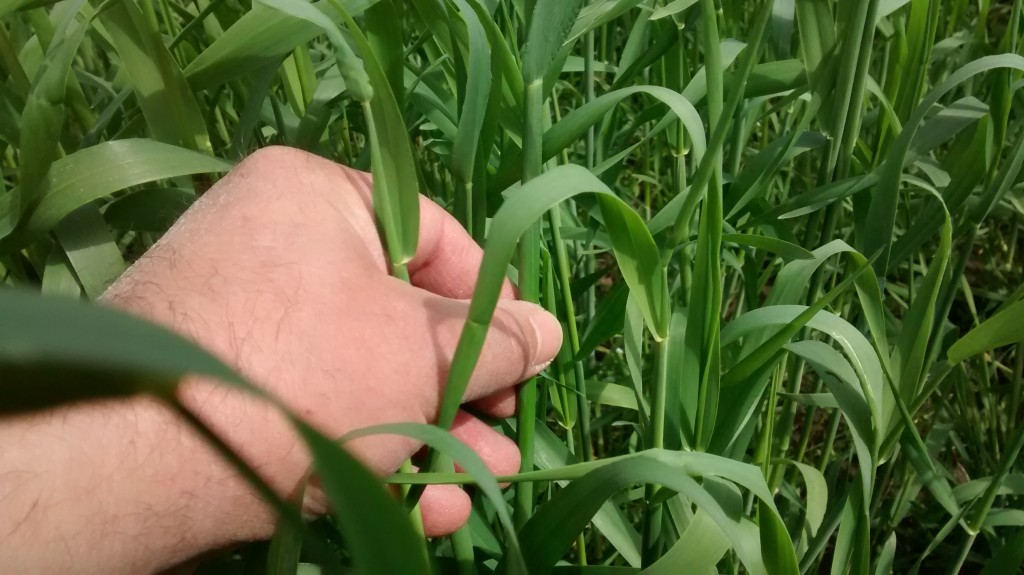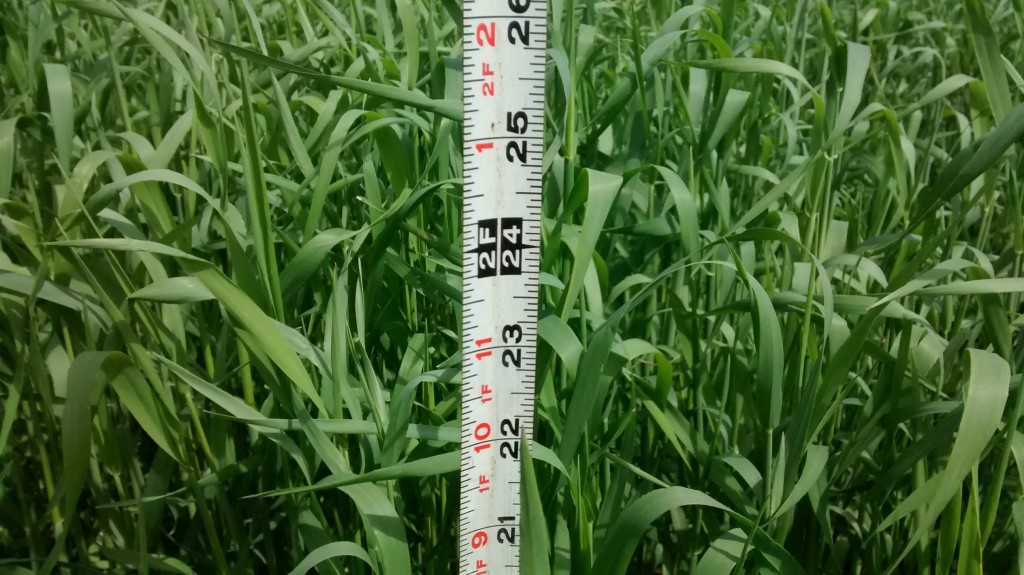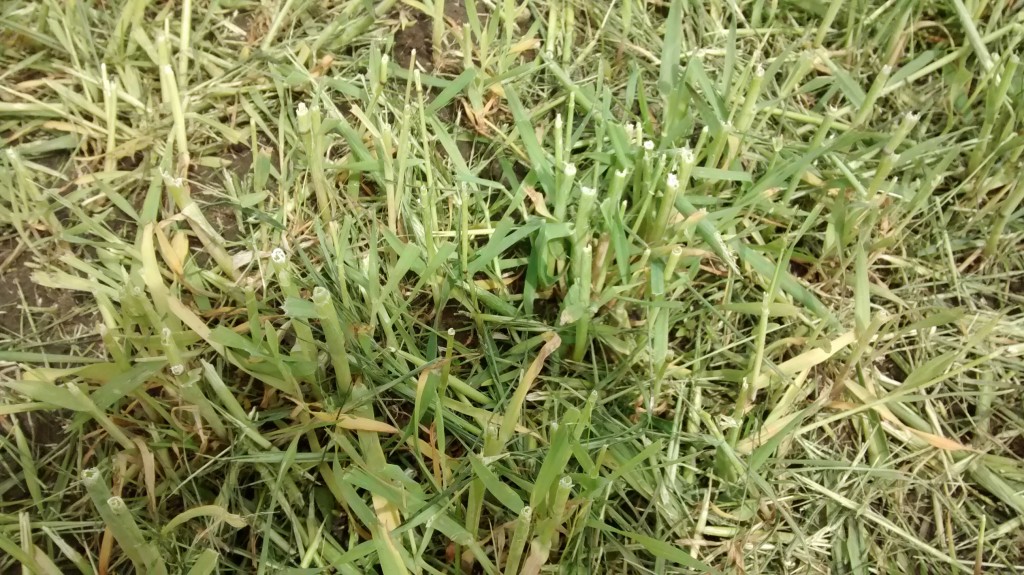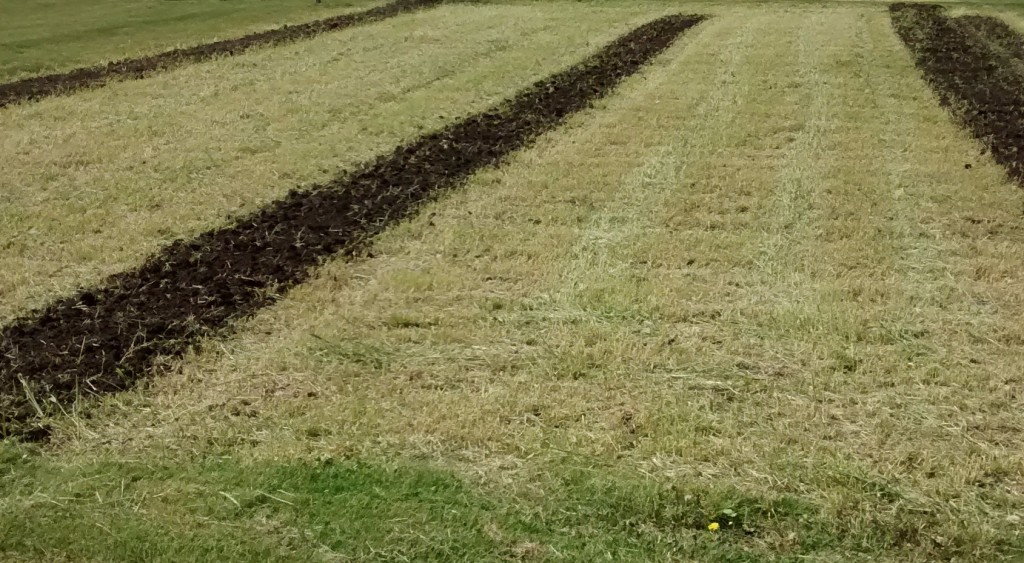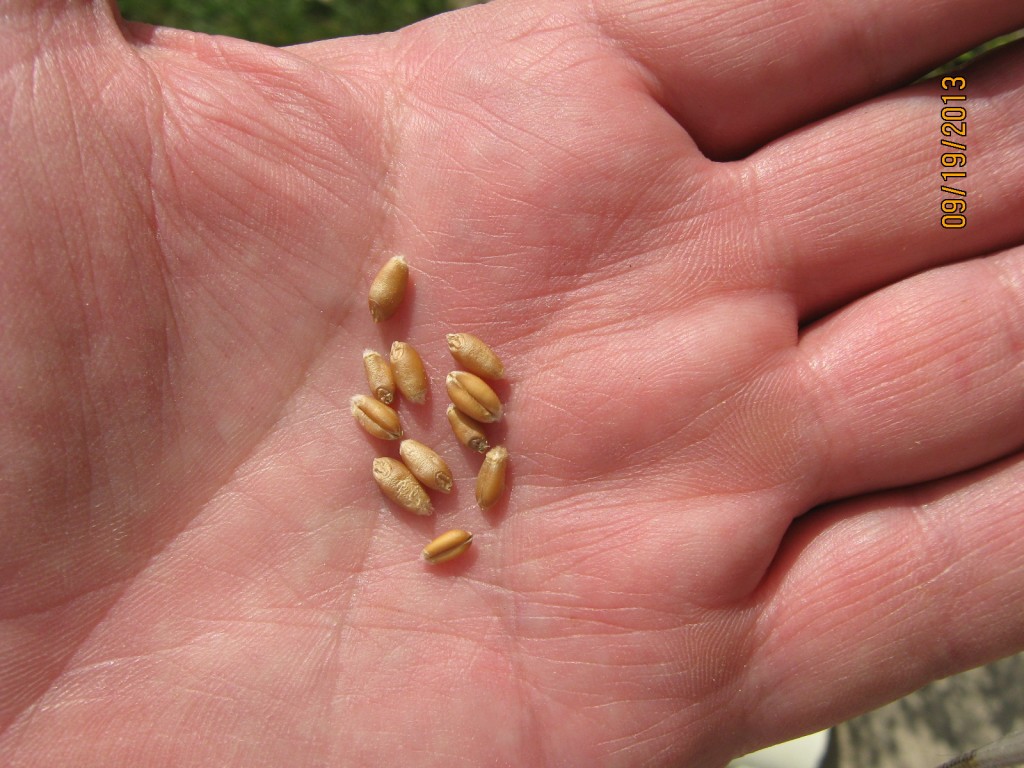I have an area in the garden that I will not be able to plant this year. Instead of letting it stay fallow and grow weeds, I planted buckwheat. It’s something I’ve done through the years whenever I’ve been unable to use an area for one reason or another.
Buckwheat is a fast growing plant that will out compete most weeds. Planting buckwheat allows me to place-hold that unused garden area while reducing weeds at the same time. It also takes up mineral nutrients from that soil that are unavailable to other plants. Those minerals are incorporated into the growing plant. Eventually, I’ll cut down the buckwheat and till it into the soil. As it decomposes, all those minerals will be released back into the soil in a form that other plants can use.
Buckwheat is not an actual wheat at all. Wheat is a type of cultivated grass, buckwheat on the other hand, is a broad-leaf plant. While regular wheat forms inconspicuous flowers that are hidden, buckwheat grows a profusion of while flowers. Those flowers are very attractive to honeybees and other pollinators. The dark, strong flavored honey that results from buckwheat nectar is highly prized by some honey aficionados.
Many years ago when I first started beekeeping, that dark buckwheat honey was considered a low quality product. Now that has all changed and buckwheat honey is often sold at a premium.
Planting buckwheat is a simple process. Till the spot you’re planting, spread some seed over the area and lightly rake it into the soil. Figure on using a couple pounds of seed per thousand square feet. In a few days you’ll see the young buckwheat plants emerge from the soil. If after a week or so of growing, some of your planting looks a little thin, sow more seed to fill in the area. Buckwheat can cover a space up to ten inches in diameter but an open spot larger that a foot across will allow weeds to grow.
I’ll keep you updated on the progress the buckwheat makes through the growing season.
Bob
